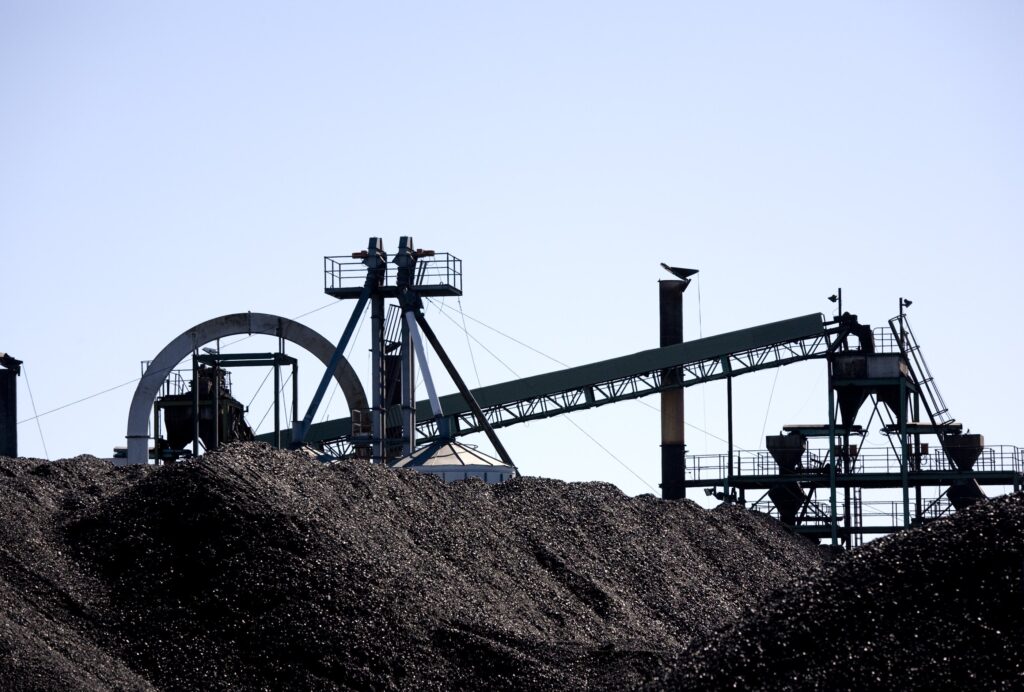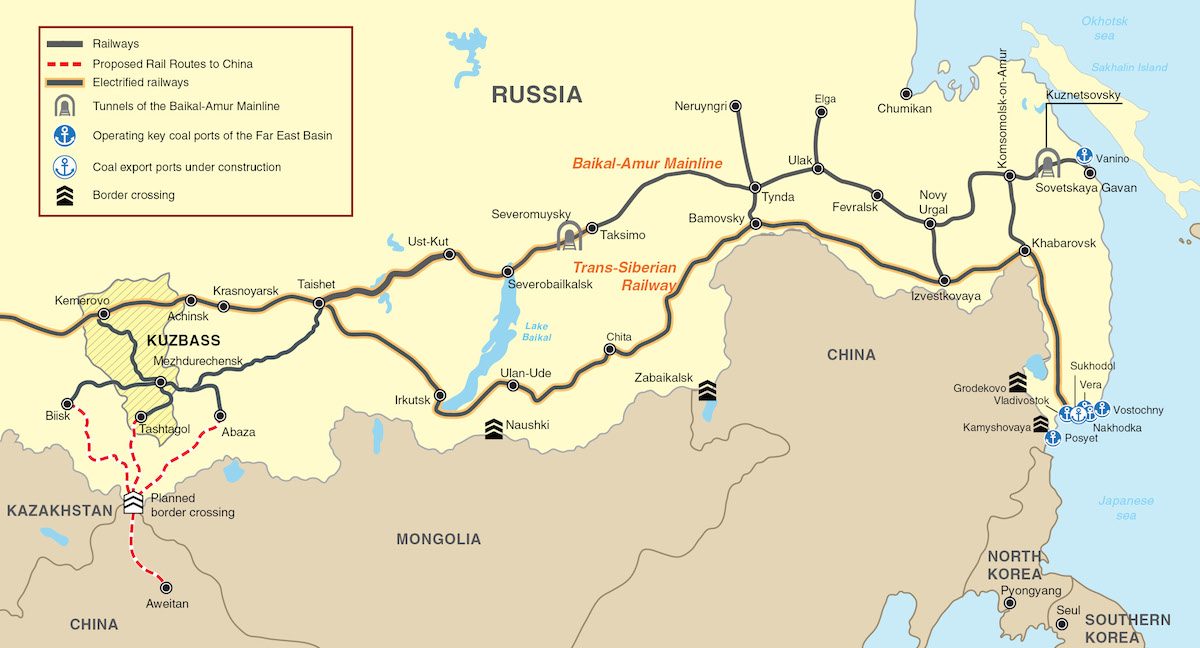

Over the past week, thermal coal indices on the European market corrected downward, sitting in the range of 110-115 USD/t, after a strong growth a week earlier. The price decline resumed as negative seasonal fundamentals still outweigh supply concerns over recent sanctions against major Russian suppliers.
Gas quotations at the TTF hub fell to 278 USD/1,000 m3 (-7 USD/1,000 m3 w-o-w) amid the end of the heating season, rising temperatures and above-normal stockpiles.
South African High-CV 6,000 strengthened above 95 USD/t on sustained demand from India, Vietnam and Pakistan. Additional support comes from supply worries over tropical storm Filipo, which could negatively impact the supply chain. Rainfall has already reached Mozambique, while orange (6) and yellow (4) alert levels have been announced in South Africa’s KwaZulu-Natal and Mpumalanga regions on the back of strong wind gusts and heavy waves at the ports of Richards Bay and Kosi Bay.
Asian countries, including Pakistan and Vietnam, markedly lifted their coal purchases from South Africa since the beginning of the year, driven by lower prices. Pakistan ramped up imports of South African coal to 0.6 mio t in January-February against 5,000 t in the same period in 2023 and 1 mio t in 2022, that is also attributed to higher coal prices in Afghanistan.
South Africa’s Exxaro Resources plans to boost thermal coal exports to 6.3 mio t in 2024. (+1.2 mio t or +23% vs. 2023) based on the forecast of improved rail loading on the Transnet network.
In China, spot prices for 5,500 NAR coal at the port of Qinhuangdao slipped by 2 USD/t to 129 USD/t on expectations of higher production and weaker demand caused by off-season maintenance at power plants. In addition, Chinese mining companies and power producers are reporting high levels of stockpiles, that could also lead to a sharp decline in imports.
To reduce inventories, some coal companies lowered prices by 1.5-13 USD/t. Market participants expect Shenhua to cut third-party coal purchase prices by another 4 USD/t.
There have been several fatal accidents at two mines in Shanxi and Anhui provinces, raising doubts about whether the authorities will continue to push for further output growth, but at the other end of the scale remains the need for energy security pursued by the Chinese government.
Inventories at the 6 largest coastal thermal power plants totaled 13 mio t (flat w-o-w), consumption increased marginally from 803 kt/day to 807 kt/day. Stocks at the 9 largest ports amounted to 22 mio t, unchanged from the previous week. However, inventories are expected to rise as loading on Daqin rail line increased from 1.1 mio tons to 1.3 mio t per day over the last few days.
Indonesian 5,900 GAR stood flat at 94 USD/t. Quotes are supported by a supply deficit, which will persist in the coming week due to the beginning of Ramadan month holiday, starting from March 12.
Bukit Asam in South Sumatra declared a force majeure on supply because of a bridge collapse on the railroad. Train traffic resumed a few days later, but delays in coal shipments continue.
Australian High-CV 6,000 dropped below 135 USD/t, correcting downward after rising a week earlier. Pressure on prices was exerted by a slowdown in spot market activity reflecting seasonal factors and lower prices in Chinese domestic market, resulting in imported material becoming less competitive.
Benchmark negotiations for the fiscal year kicked off in Tokyo with a meeting between Glencore and Japan’s Tohoku Electric Power. The talks are expected to continue until April 01.
Australian HCC metallurgical coal quotations plunged to a 6-month low, below 275 USD/t, following limited demand and growing supply. Unfavorable conditions and downward trend in the Indian steel market persist, negatively affecting coal demand. Additional pressure is exerted by Asian consumers searching for alternative supplies. Low volume of bids for May deliveries implies further price reduction.
Source: CAA













